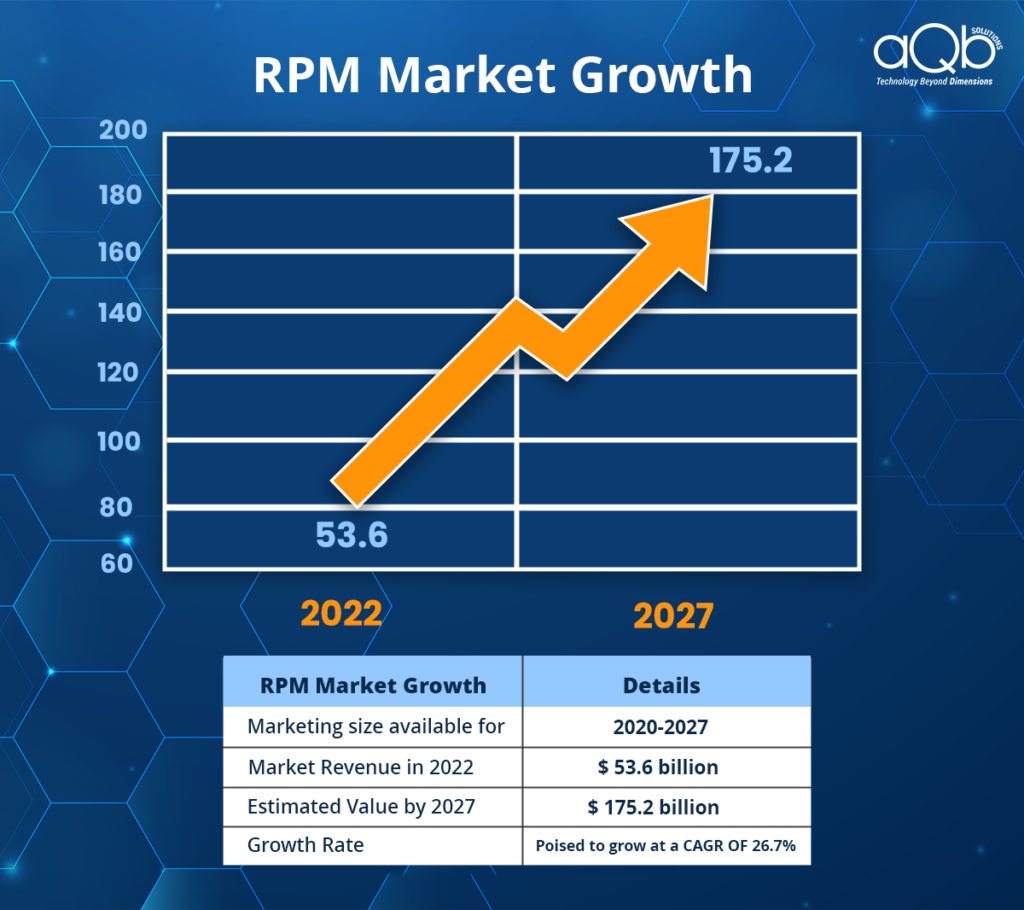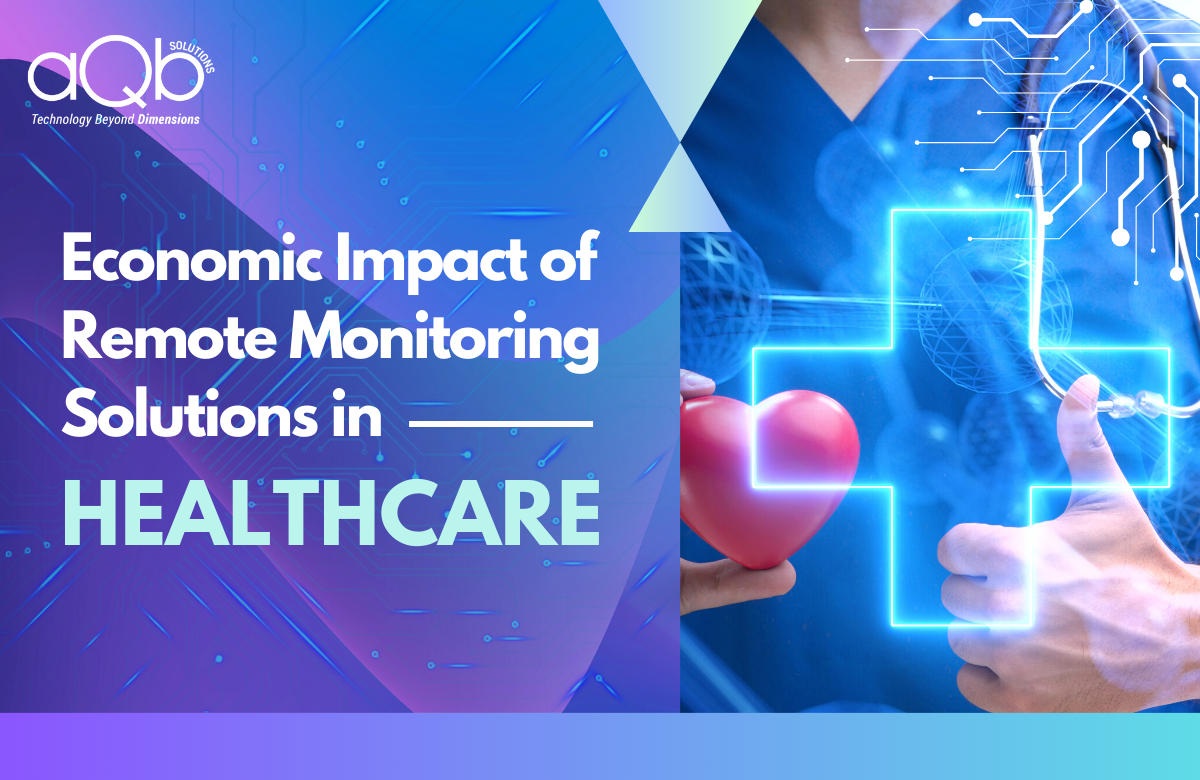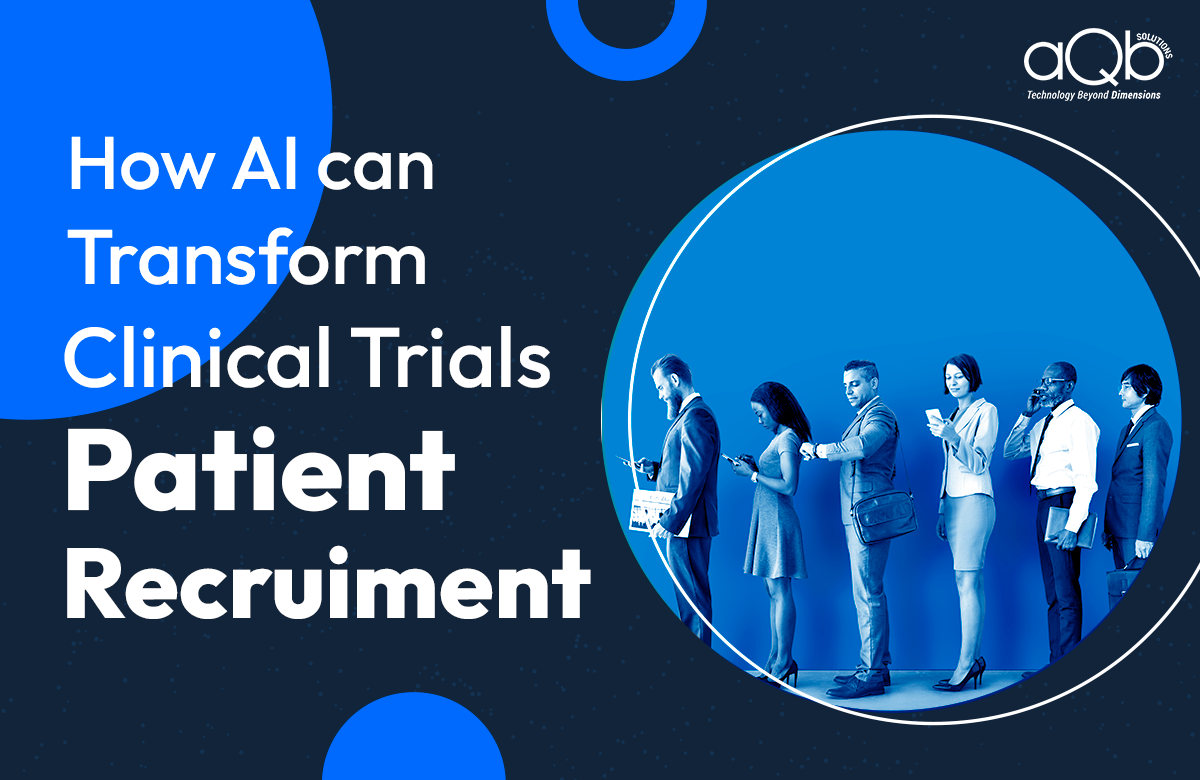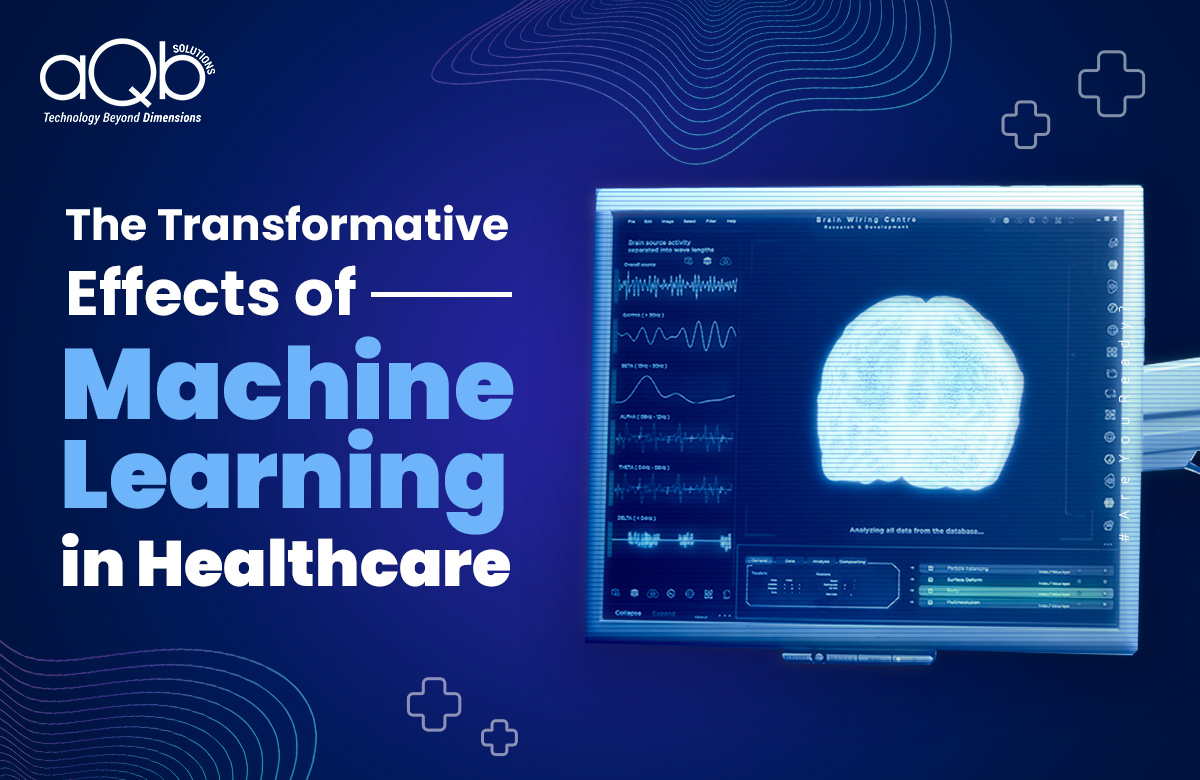Key Takeaways
- Remote Patient Monitoring (RPM) is economically a mutually beneficial solution for both patients and healthcare providers.
- The COVID-19 pandemic propelled the adoption of RPM, which addressed lockdown challenges by providing ongoing medical care.
- Remote monitoring solutions provide considerable ROI to patients, which is approximately $1,390 per individual.
- RPM enables individuals with chronic conditions, like diabetes, heart disease, and chronic obstructive pulmonary disease to access necessary care without frequently visiting their doctor’s physical location.
- RPM brings significant economic benefits to healthcare providers as well. This ranges from $144,000 to $160,000 per physician on implementing remote monitoring for their Medicare patients with chronic illnesses.
- Remote monitoring solutions lower operational costs, boost patient engagement and efficiency, and improve resource allocation.
- Future trends in RPM include miniaturization, integration of AI and data analytics, contribution to chronic disease management, and contribution to growth of personalized medicine.
One of the prominent offerings of technological development is Remote Patient Monitoring (RPM). RPM – a healthcare delivery method – has garnered a lot of attention recently as it can benefit patients, providers, caregivers, as well as healthcare institutions. Remote monitoring solutions facilitate patient monitoring outside of traditional clinical settings, like at home or in a remote area. This increases access to care and reduces healthcare delivery costs.
RPM involves the collection of lifestyle and health data of patients and sending them to a physician’s office with the help of a telehealth computer system or a software application installed on a smartphone, computer, or tablet.
Remote patient monitoring grants the ability to monitor weight, blood pressure, heart data, and other vital aspects of patients’ health. This allows healthcare practitioners to catch risky situations before their worsening or becoming critical. Such intervention helps to lower hospital visits, clinical workload, and the resulting healthcare costs.
In this article, we will look at the economic benefits of remote monitoring solutions, and how RPM proves to be a win-win for patients and healthcare providers.
But before that, let’s take a look at the current state of RPM.
Remote Monitoring Solutions: The Current State
The COVID-19 pandemic swiftly accelerated the advancement and use of Remote Patient Monitoring (RPM) technologies to deliver continuous medical attention to patients during periods of lockdown. The adoption of RPM has consistently expanded due to the growing requirement for better patient care and the escalating expenses associated with conventional healthcare methods.
As per research conducted by Markets and Markets, the global market for remote monitoring solutions is anticipated to reach $175.2 billion by 2027, with the CAGR being 26.7% over the period of 2022 to 2027.

Remote patient monitoring applications encompass a broad spectrum of functionalities. These include identifying crucial health incidents using sensors for chronic conditions like diabetes or heart failure, providing telehealth education and assistance, monitoring fall-detection, implementing mental health systems for patients needing medication-adherence monitoring, and various other functions.
It’s expected that machine learning and artificial intelligence will propel continuous expansion of the industry. This expansion will cover a wide range of applications, from clinical decision support systems designed for diagnosis and predictive prognosis to interpreting medical images, along with tools aimed at enhancing patient education and experience.
Using Remote Monitoring Solutions: ROI for Patients
Over time, Remote Patient Monitoring provides patients with a tangible return on investment (ROI) of approximately $1,390 per individual, according to their healthcare requirements. This goes beyond the initial healthcare cost savings and encompasses money related to transportation, time, and effort needed for doctor visits, expenses associated with prescriptions, laboratory tests, and medical imaging, as well as hard and soft expenses in the event of hospitalization or an emergency department visit.
Studies conducted on patients with heart failure have revealed an annual cost reduction of around $8,000 per patient, while for individuals with diabetes, cost savings of approximately $3,400 per patient have been attained.
Yet, the benefits of Remote Patient Monitoring (RPM) extend beyond mere financial metrics. RPM contributes to enhanced health results, eradicates obstacles to communication, expedites access to healthcare providers, diminishes the need for hospital readmissions, shortens hospital stays, and increases patient education.
RPM technologies offer a distinct advantage for individuals dealing with chronic conditions, enabling them to access necessary care without the necessity of frequent visits to their doctor’s physical location. Those with chronic ailments like diabetes, heart disease, and chronic obstructive pulmonary disease often need continuous monitoring and management. RPM serves as a valuable tool in assisting these patients in effectively managing their conditions, offering consistent monitoring, timely alerts, and essential support.
Remote monitoring solutions can alleviate the load on both patients and medical professionals through consistent monitoring and assistance beyond the confines of conventional office consultations. A study investigating the cost-effectiveness of an RPM initiative, which incorporated lifestyle educational software for Type 2 diabetes management, revealed that the group utilizing telemonitoring exhibited a notable 21% reduction in costs for the patient over the course of one to two years of post-intervention monitoring.
Remote Monitoring Solutions: ROI for Healthcare Providers and Organizations
The potential revenue of a healthcare practice is determined through the multiplication of the total count of eligible patients by the monthly billable codes, and then further multiplied by the reimbursement rate. The factors are influenced by variables like the geographical location, adherence of patients to measurement requirements, and the extent of time invested by the healthcare team in reviewing measurements and delivering virtual care to patients.
Typically, patient panels encompassing around 1,800 to 2,000 individuals are common, with approximately 10% falling under the category of Medicare patients. Additionally, more than two-thirds of these patients tend to have at least one chronic condition.
Taking these measurements into account, given an average yearly revenue of around $100 per chronic condition, a healthcare practice can anticipate generating revenue ranging from $144,000 to $160,000 per physician by implementing remote monitoring for their Medicare patients who are dealing with chronic illnesses.
It’s not just about Revenue
The return on investment (ROI) extends beyond just revenue when it comes to RPM. It also contributes to the reduction of healthcare expenses by helping physicians in identifying changes in a patient’s condition early. This proactive approach allows healthcare providers to intervene before hospitalization becomes necessary and aids in identifying and managing acute conditions prior to them escalating into requiring emergency care.
Diminishing hospital readmissions and visits to the emergency department not only benefits patients but also reduces costs associated with hospitalization and treatments for both patients and healthcare facilities. Moreover, this approach helps patients in effectively managing their conditions, thereby reducing the necessity for costly procedures or treatments in the future.
Remote monitoring solutions lower operational costs including administrative expenses and staff workload, boosts patient engagement and efficiency, and improves allocation of resources. It facilitates automation of certain tasks that otherwise would consume considerable staff effort and time. This cuts down costs related to manual processes as well as enhances efficiency, while reducing tasks for healthcare providers and support staff. This lets them focus on tasks with higher priority as well as improve patient experiences.
It’s worth noting that better outreach to certain segments of patients, including patients residing in remote areas, elderly patients, and patients with chronic conditions, translated into increased ROI for patients as well as their healthcare providers. By reducing travel needs and other associated expenses, healthcare organizations typically can widen their patient network to patients that need their services the most.
RPM in the Near Future
Future trends in Remote Patient Monitoring (RPM) are expected to be shaped by advancements in technology, healthcare needs, and patient preferences. Some key trends in the near future to watch out for include:
Miniaturization and Wearables: The trend toward miniaturization will continue, leading to more compact and wearable monitoring devices. These devices could include smart patches, smart clothing, and even implantable sensors that offer continuous monitoring without causing significant discomfort to patients.
Integration of AI and Data Analytics: Remote monitoring solutions will be integrated with artificial intelligence (AI) and advanced data analytics. The remote monitoring analytics will enable healthcare providers to derive more meaningful insights from the vast amount of patient data collected through RPM. AI algorithms can help in early detection of health issues, personalized treatment recommendations, and efficient resource allocation.
Chronic Disease Management: RPM will play a crucial role in managing chronic diseases such as diabetes, cardiovascular diseases, and respiratory conditions. By continuously monitoring patients’ vital signs and health metrics, healthcare providers can intervene promptly in case of any deviations from the norm. This will lead to better disease management and reduced hospitalizations.
Personalized Medicine: RPM will contribute to the rise of personalized medicine by providing healthcare professionals with comprehensive and real-time data about a patient’s health. This will enable tailored treatment plans that consider an individual’s unique health profile and response to interventions.
Final Thoughts

As per predictions, by 2024, 60.6 million patients in the U.S. will use RPM tools for their health management. Healthcare institutions can reap the benefits of this opportunity by bettering their strategies for organizational growth and patient care. Enhanced data accessibility will empower medical practitioners to make more informed decisions and formulate more effective treatment strategies for their patients. This, in turn, will contribute to better patient results and heightened satisfaction. This will ultimately create a mutually beneficial scenario in the long run for both healthcare providers and their patients.
AQB Solutions is a data analytics expert and well-experienced in developing remote monitoring platforms. We can help you integrate remote monitoring analytics with your RPM devices and draw valuable insights from the massive patient data received. This, in turn, can enable you to make better and more informed decisions that would help you improve your patient care services as well as contribute to your organizational growth. If you are looking for direction in this regard, let’s talk today!




